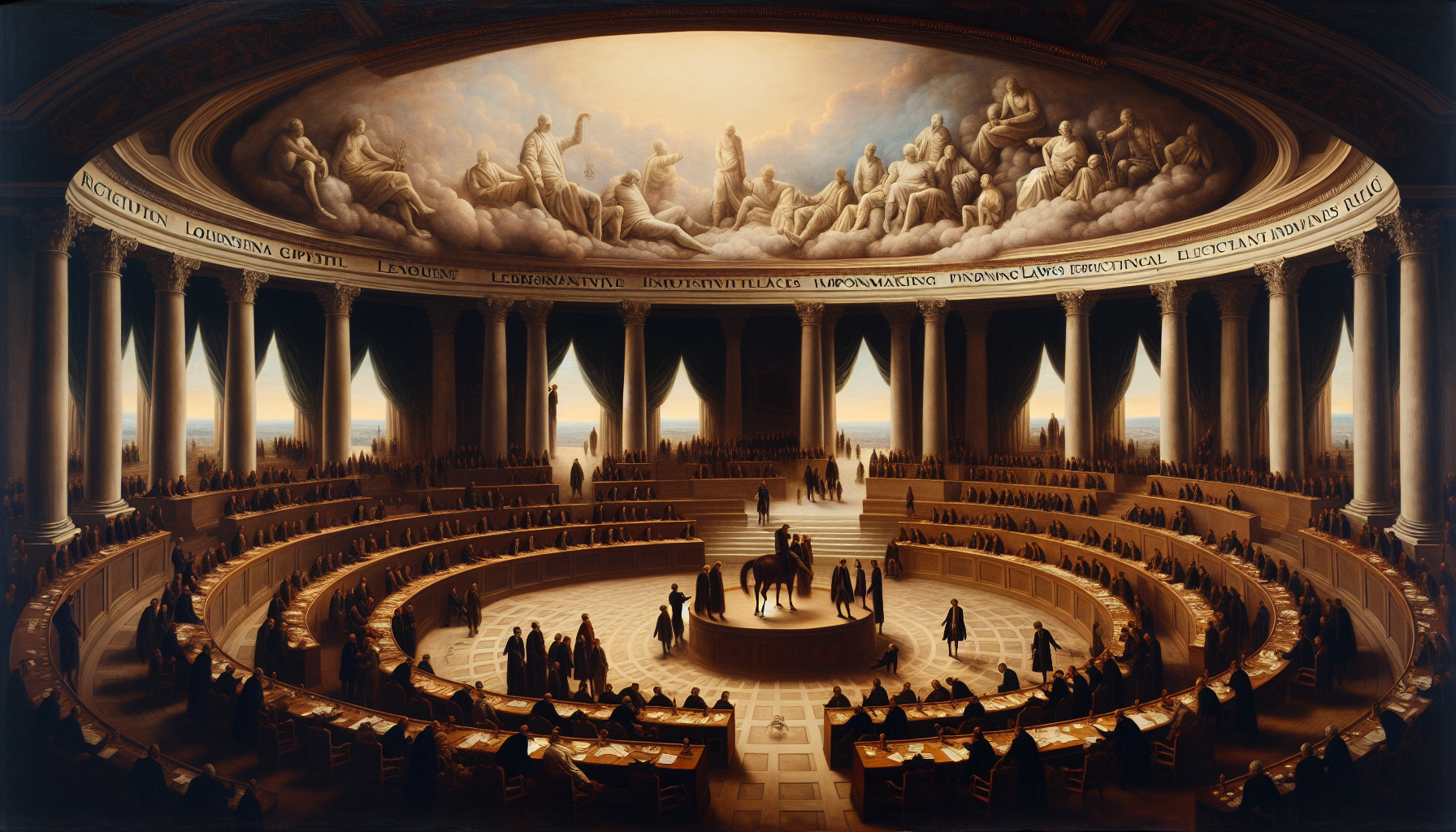The Big Picture |
|
Today, there are no significant activities reported from the Executive, Legislative, or Judicial branches, indicating a pause in domestic policymaking. This lull may reflect a broader trend of legislative gridlock, which has been evident in recent months as Congress grapples with various contentious issues, including budget negotiations and infrastructure funding. The lack of movement could also signal a shift in focus towards upcoming elections, where lawmakers may prioritize campaign strategies over immediate policy changes.
|
|
Internationally, while no new developments are reported, the ongoing geopolitical tensions, particularly in Eastern Europe and Asia, continue to influence U.S. foreign policy discussions. The administration’s approach to these issues may evolve as it seeks to balance domestic priorities with international commitments. As the year progresses, any significant shifts in foreign policy, particularly regarding trade agreements or military alliances, could emerge, potentially impacting both domestic economic conditions and international relations.
|
Pattern to Watch |
|
One emerging trend is the increasing focus on bipartisan cooperation in addressing infrastructure and technology investments. Recent discussions among lawmakers suggest a growing recognition of the need for a unified approach to modernize critical systems, with specific indicators such as proposed funding allocations of $50 billion for broadband expansion and $30 billion for transportation upgrades. Continued bipartisan support for these initiatives could signal a shift towards more collaborative policymaking, especially as deadlines for budget approvals approach in early 2024.
|
|
|

